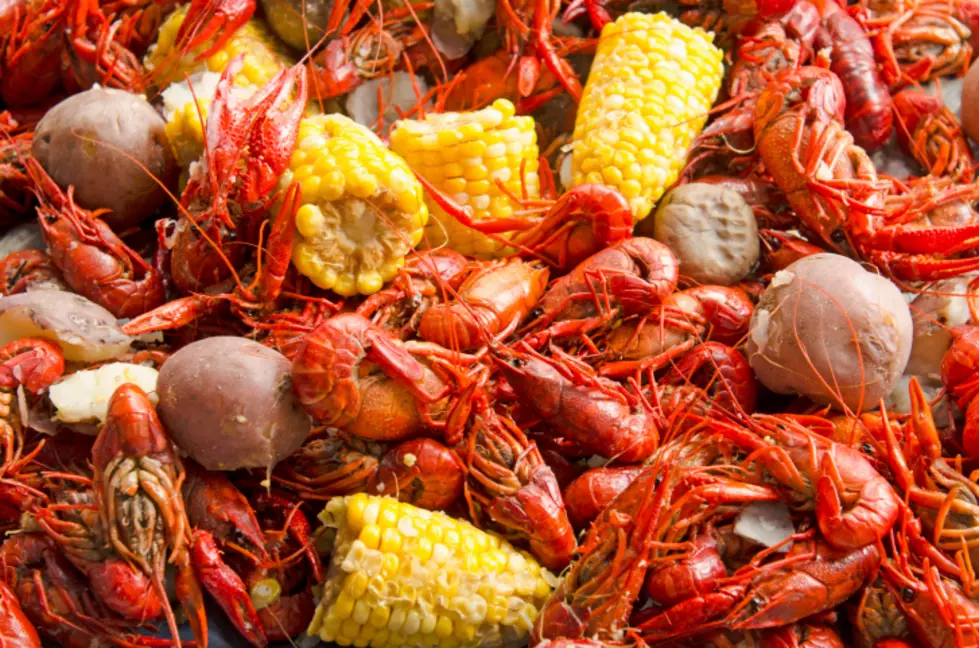
For the Best Steak at Home, Sous Vide then Sear
Working from home has allowed me to better prepare for meals and, for the best steak, I've found that a Sous Vide bath then a good sear is the way to go.
For my birthday last year, I was gifted a "Sous Vide" machine and it has produced the best results for me when cooking steak.
"Sous Vide" - which is French for "under vacuum" - is when you seal food for cooking in an air-tight package and submerge, in a pot or other container, underwater. The water is then heated with a "Sous Vide" machine to the "Target Temperature", the temp at which you wish your food to be cooked. (The Plantings and Pairings website has a deeper explanation.)
For example: the temperature range for a medium-rare steak is 130F-135F. I set the Sous Vide machine to 130F, submerge my seasoned vacuum-sealed steak, and cook for 1 hour, 30 minutes. Most Sous Vide machines contain a heating element, a water recirculation pump, and a timer. You set the target temperature and the timer and then hit the "Start" button. The machine starts to hum as the pump begins to circulate the water around in the pot, keeping a steady temperature to cook your steak.
The beauty of using a Sous Vide machine is this: your steak will never be overdone (temperature-wise). The steak will never get above your target temperature. If you were to leave the steak in the Sous Vide process too long, the heat will begin to break down the meat, so use only recommended time settings.
After the steak is cooked, it's time to sear. Here's where one can get creative. I use different methods for searing, depending upon my mood. I have a Big Green Egg that can reach temperatures of above 750F, which produces an incredible, smoky sear. I also enjoy a herb-infused butter sear in a cast-iron skillet. And lastly, using the broil setting on an oven can produce a decent sear, though it is one of the least reliable methods (according to my experience with my crappy electric oven).
Last night's steak was finished in a cast-iron skillet on my crawfish boil burner outside. Once the skillet is beginning to smoke, pour in a few tablespoons of canola oil and toss in the steak (if you didn't season prior to sealing for Sous Vide, be sure to liberally season with, at least, salt and pepper). Sear for one minute. While the steak is searing, be ready to throw in a tablespoon of butter along with some fresh herbs. I used rosemary from the garden and a teaspoon of minced garlic. After the minute of the sear is up, throw in the butter and herbs, flip the steak, and then baste the seared side with the melted butter and herbs for one minute. Turn off the fire, flip the steak again, and baste for 30 seconds, just spooning the herb butter over the steak again and again. After the 30 seconds is up, remove the steak from the pan and tent with foil or an aluminum bowl for 5 minutes.
Last night's steak, if I may say so myself, is one of the best steaks ever to come out of my kitchen, and a better steak than most restaurants I've visited.
A base Sous Vide machine can be had for less than $100, but it is a very versatile tool: meats, vegetables, desserts, yogurt - there are so many great things you can cook via Sous Vide.
If you are on a budget (I am, it's just that I found a prime ribeye on sale yesterday), a chuck roast, seasoned properly and cooked in a Sous Vide, can produce amazing results. Seal the roast in a Food Saver or similar cooking bag, and then set your Sous Vide to 130F. Allow the roast to cook in the Sous Vide for 36 hours (yes, you heard me correctly). After the cooking is done, remove the roast and drop the bag into an ice bath for 10 minutes. Then remove the roast, cut into steaks and sear as above. So tasty, tender, juicy: you'll be amazed!
More From News Talk 96.5 KPEL









